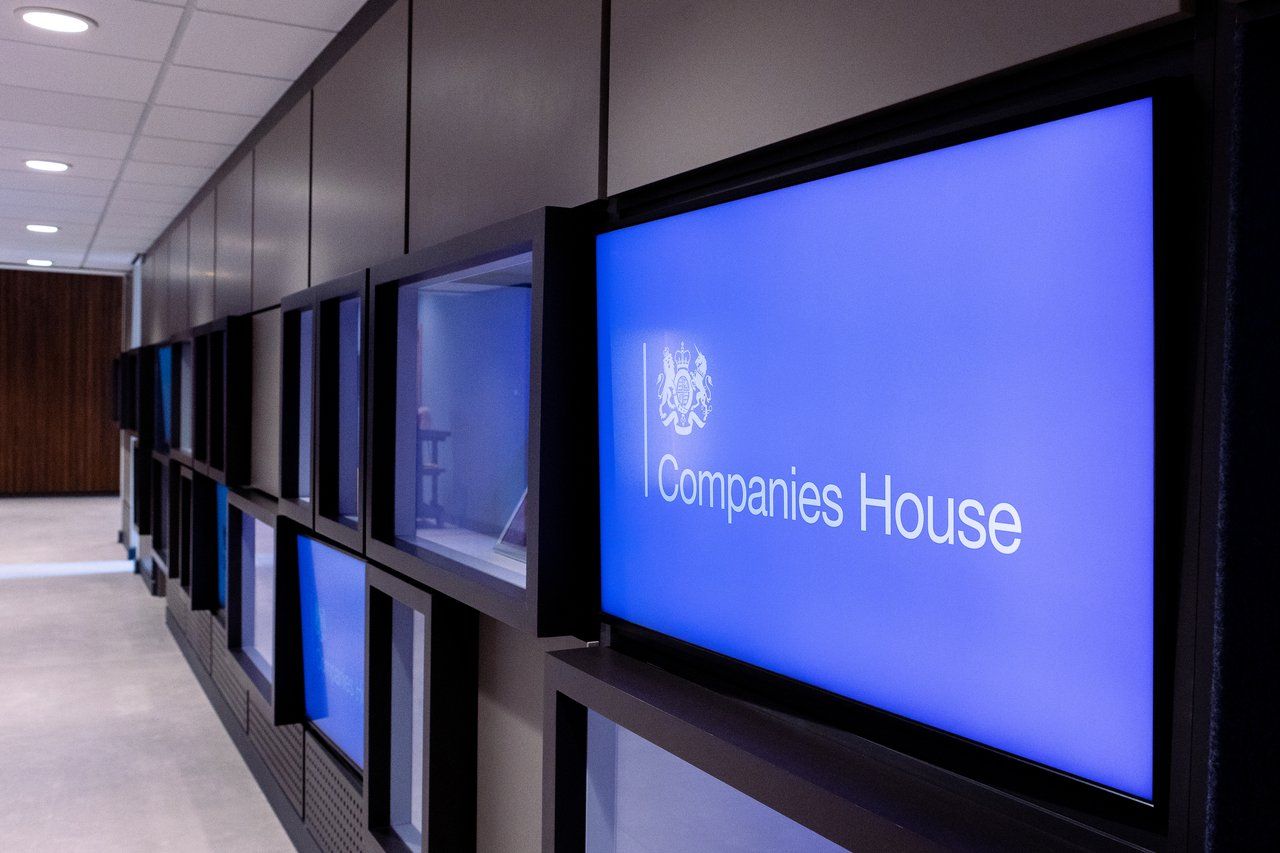‘Risk to Capital’ test for enterprise investment schemes
Enterprise Investment Schemes (EIS) and Seed Enterprise Investment Schemes (SEIS) are high risk but tax efficient investment tools. Companies using these schemes now need to be aware of the newly introduced ‘Risk to Capital’ test, as Friend Partnership explain.
Introduced in the Finance Bill 2017/18, The ‘Risk to Capital’ test is now in force and requires careful consideration by organisations using enterprise investment schemes. The test also applies to Venture Capital Trusts.
EIS and SEIS shares have always been risky commercial investments, hence the tax reliefs to encourage investors to support such businesses. Through the ‘Risk to Capital’ test, HMRC is now targeting those investments that seek to limit the commercial risk for investors, whilst preserving the tax relief.
To put it simply – if the risk of you losing your money in an EIS or SEIS investment is ‘managed’ in some way, be prepared for HMRC to challenge the arrangements and disallow the tax relief.
How will the Risk to Capital test work?
The test is principles-based, with HMRC taking a view as to whether or not an investment has been structured to provide a low-risk return for investors.
There are two parts to the test, which are relevant when the shares are issued, and both parts must be met. The first relates to the intention for the company to grow and develop, and the second to the risk to the investor of loss of capital:
- The issuing company intends to grow and develop its trade in the long term; and
- There is a ‘significant risk’ of a capital loss exceeding the ‘net investment return’.
The latter condition is to be considered for investors generally, rather than any one specific investor.
The test is intended to exclude artificial investments that have no real prospect of risk from benefiting from the EIS and SEIS reliefs. It is not designed to affect genuinely entrepreneurial start-ups.
Each case will be reviewed on a case by case basis, HMRC resources permitting, and it should be noted that ‘significant risk’ is not defined.
The ‘net investment return’ includes:
- Income tax relief on the investment
- Distributions of income from the company; and
- Capital growth on the shares.
What factors will HMRC consider in the Risk to Capital test?
When addressing whether or not both parts of the Risk to Capital test are met, HMRC will consider all factors and the context relevant to the company at the time the EIS or SEIS shares are issued.
- The company’s intent to increase its number of employees, turnover or customer base;
- The nature of the sources of income, including risk of not receiving that income;
- The extent to which the company has assets that could be used to secure external financing;
- The extent to which the company’s activities are subcontracted to unconnected third parties;
- The ownership structure of the company;
- How the investment is marketed; and
- The extent to which the investment is marketed with or linked to other investments.
Post-investment checks by HMRC
In the draft HMRC internal guidance (VCM8550) HMRC indicate that they will carry out post-investment checks on companies to see if the risk to capital condition was met. They will also check whether the money raised has been used in accordance with the information provided in the company’s compliance statement.
Following these checks, HMRC can withdraw relief if the conditions are not met. Any advance assurance the company may have secured cannot be relied upon if full facts were not provided to HMRC.
HMRC’s internal guidance at VCM8560 gives four examples of how the new test will be applied. Companies would be well advised to review these before they proceed with a fund-raising exercise with EIS and/or SEIS shares.
For advice on the new Risk to Capital rules please contact the team at Friend Partnership Limited.
Read more about our R&D Tax Relief services and case studies – click here.

The year’s best staged production? Critical Acclaim for Melting Pot Productions’ Paranormal Activity

Friend Partnership is a forward-thinking firm of Chartered Accountants, Business Advisers, Corporate Finance and Tax Specialists, based In The UK
Share this page:




